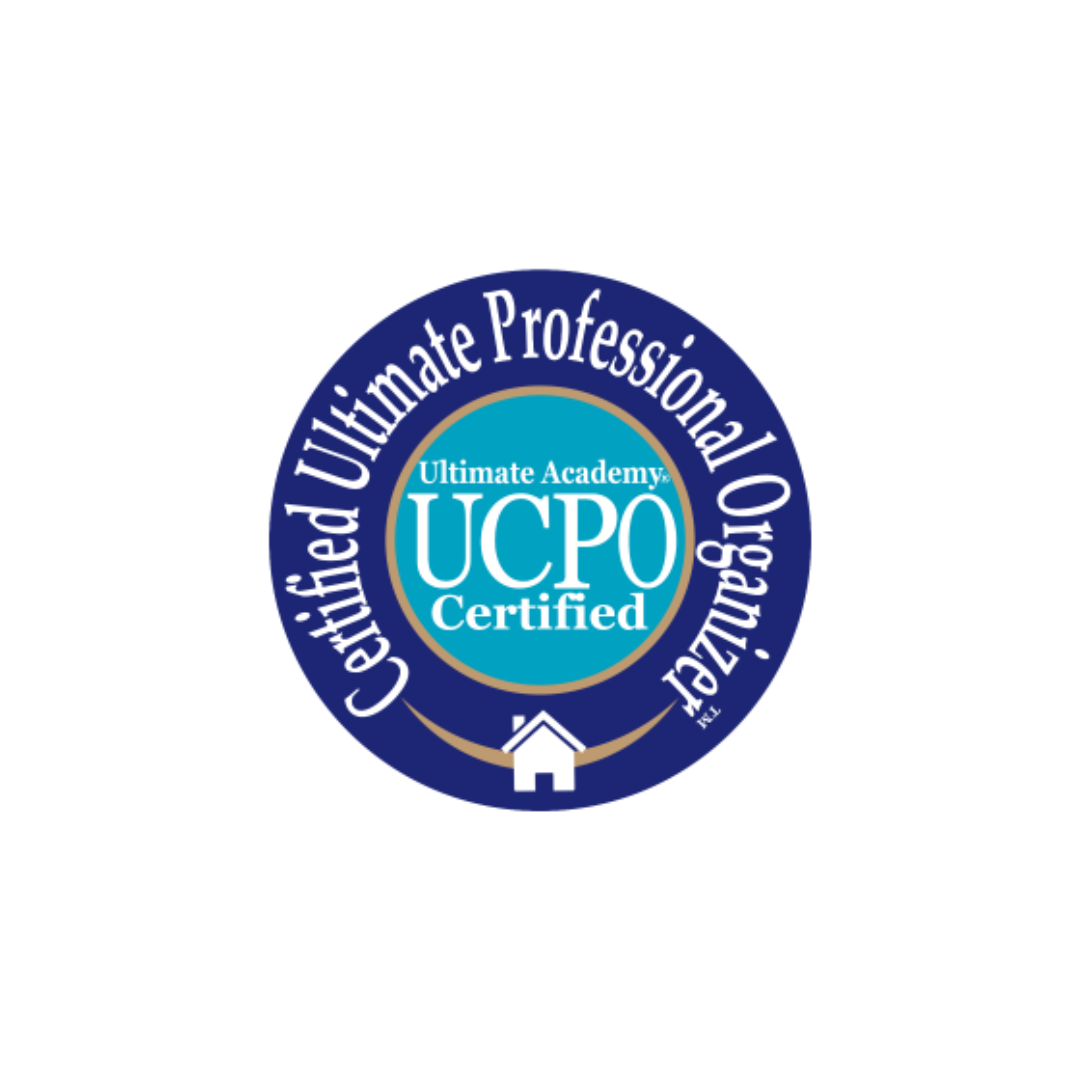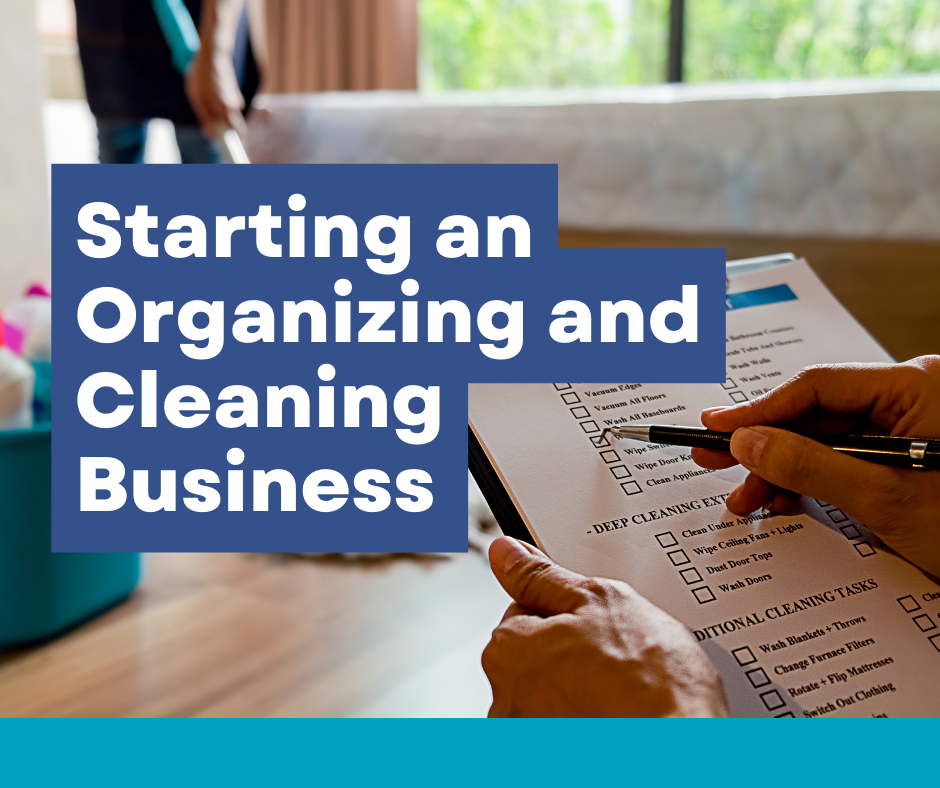how to price organizing jobs
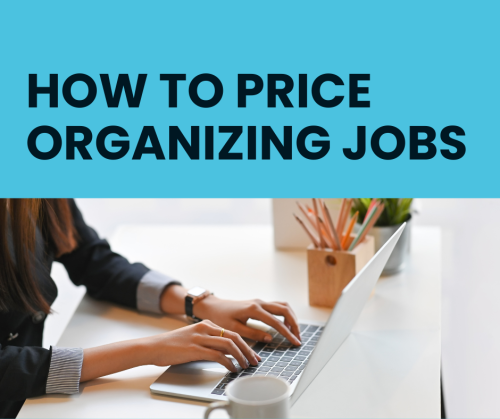
Do you ever feel overwhelmed when figuring out how to price organizing jobs? Getting the right price is crucial for both profit and attracting clients. But how do you strike the right balance? You’re not alone in this challenge. Many organizers grapple with how to price organizing jobs effectively.
The secret lies in understanding industry trends, recognizing your unique strengths, and being mindful of expenses and competition. In the following sections, we’ll guide you through the crucial elements of how to price organizing jobs efficiently.
We’ll delve into various pricing models and tips to keep your services competitive.
Table of contents
Brief Overview of the Importance of Accurately Pricing Organizing Jobs
Determining how to price organizing jobs effectively is a fundamental aspect that every professional organizer must consider. Within the thriving sector of organizing, a professional’s rate is more than just a number; it’s a reflection of their expertise, experience, and the value they bring to their clients. Pricing plays a pivotal role in the sustainability and growth of a professional organizing business.
Understanding how to price organizing services is vital for newcomers in the organizing field. While it may seem appealing to set lower prices to attract clients initially, this tactic could unintentionally devalue your services. It might lead clients to doubt the quality of what they’re getting. On the other hand, establishing high organizer rates without clear value or justification can deter potential clients, making them question the return on their investment.
The Impact on Your Business Reputation
Setting the right rates as a professional organizer is about more than just making a profit. When you price your services carefully and consistently, clients see your professional organizing business as trustworthy and good value for money.
Just like Forbes says, when clients feel they’re getting their money’s worth, they’re more likely to come back and recommend you to others.
Understanding the Organizing Industry
The organizing world is ever-evolving, largely propelled by a societal push towards decluttering, optimized space use, and holistic living. Modern households, influenced by figures like Marie Kondo, are seeking out professional organizers more than ever, aiming to restore balance and order in their personal spaces.
Additionally, it’s not just about physical clutter. With so much happening online, many people are overwhelmed by digital clutter. Businesses, in particular, are on the lookout for organizing experts who can efficiently manage digital clutter, be it emails, files, or digital resources, thereby enhancing operational efficiency. This trend underscores the immense potential and responsibility that lies on the shoulders of every professional in the organizing industry.
Properly setting organizer rates isn’t just about monetary gain; it’s about adequately valuing the transformative services they offer. Understanding how to price organizing rates ensures that you strike a balance between fair compensation and reflecting the true value of your expertise.
Pricing Within The Industry
In the professional organizing industry, pricing strategies can be diverse and often depend on a range of factors. For instance, geographical location, the complexity of the project, and the experience level of the organizer play crucial roles in determining organizer rates.
Professional organizers can expect a median annual salary of around $55k, but this can fluctuate, ranging from $30k to well over $70k. Such a vast range highlights the importance of understanding how to price organizing jobs effectively.
A well-informed approach on how to price organizing rates is important, as it not only determines profitability but also ensures your professional organizing business aligns with market expectations and offers value. Understanding these dynamics will help you set prices that attract clients and show the great service you offer.
Think About it: Profitability, Competition, and Perception
Your price does two main things: it decides your earnings and shows clients what they can expect from your service. If you set a high price, some might see you as a high-end service and might not hire you. But if you set it too low, people might think you offer less quality, and you could face money problems.
Knowing your market helps a lot. A good pricing plan helps you compete and makes sure you don’t charge too little or too much. For help on this, check out QuickBooks’ article on setting competitive prices.
Price isn’t just about the money. If you use things like eco-friendly products or have special skills, you can charge more. Clients see these as added bonuses and might pay a bit extra for them. For example, if you’re a certified organizer who uses eco-friendly stuff, people might be happy to pay more. To understand how prices show value, see HubSpot’s psychological guide to pricing.
Factors Influencing Your Pricing Strategy
Setting the right organizer rates for your professional organizing business is like solving a puzzle. Each piece, or factor, needs to fit just right to see the whole picture clearly. Mastering how to price organizing rates is essential in ensuring each piece aligns perfectly with your business goals and market demand.
The Cost of Services
Getting the price right ensures you cover all costs and generate profits. Mastering how to price organizing services involves a keen understanding of various expenses. You’ll want to consider both direct and indirect costs. Direct costs might be the organizing supplies you use such as storage bins, label makers, shelving units, etc. Indirect costs include things like marketing your business or improving your skills as a professional organizer.
Every project comes with tangible costs. How to price organizing rates effectively means diligently tracking these costs to incorporate them into your pricing and maintain profit margins.
Beyond direct costs, time and funds invested in marketing, ongoing education, insurances, and networking events significantly impact business expenses. Furthermore, the hours dedicated to consultations, planning, and post-job support are essential components of a comprehensive pricing strategy.
Your Client's Budget
Understanding how to price organizing jobs is a delicate balance between valuing your expertise and being attuned to your client’s budget. As a professional organizer, you’ve invested time and resources into honing your skills and gaining experience. This expertise certainly warrants a fair price that reflects the value you bring to an organizing project.
However, it’s equally important to be considerate of your clients’ financial constraints. They’re seeking your services because they recognize a need, but they also have a budget in mind. By being sensitive to their spending capacity, you can tailor your pricing strategies in a way that ensures they receive excellent service without feeling overburdened.
Furthermore, by aligning your organizer rates with the market demand and the value you provide, you foster trust and long-term relationships with your clientele.
Your Unique Value Proposition (UVP)
Lastly but most importantly: What makes YOU stand out? Whether it’s additional certifications from places like Ultimate Academy®, years of experience or specialized skills – these unique factors let you command higher rates than competitors who lack them.
Remember: Pricing isn’t set in stone; re-evaluate regularly based on changes in these areas. That way, just like an expert organizer brings order into chaos, you’ll master the art of pricing.
For those venturing into this field, to learn more about things you need to consider when starting an organizing business, click here.
Establishing Your Unique Value Proposition
In the world of professional organizing, making your mark is crucial. Your Unique Value Proposition (UVP) is the key to standing out. Think of it as your special touch, the reason clients would choose you over others.
Realizing and communicating this exclusive offering isn’t just a practice in self-reflection; it also directly affects how much customers are eager to pay for your services.
Identifying Your Unique Value Proposition (UVP): Skills, Experience, and Certifications
Your UVP does more than distinguish you—it shapes how clients see your value and guides your pricing strategy. As an organizer, your unique strengths, such as a talent for organizing specific areas like garages or home offices, set you apart. Review past client feedback to help you spotlight strengths you might’ve overlooked.
Professional certifications, too, are game-changers. Earning credentials, like those from Ultimate Academy®, both affirms your expertise and showcases your commitment to industry advancements. Such certifications can justify higher prices, marking you as a pioneering figure in the organizing realm. Your pricing strategy should align with your UVP. Does your combination of skills, experience, and certifications demand premium rates? Or does your target audience lean toward competitive pricing?
Crafting your UVP is ongoing, demanding self-reflection, feedback, and fine-tuning. But, once refined, it’s a pivotal asset for client engagement and setting just-right prices for your organizing tasks.
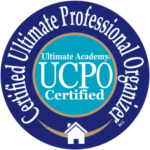
Different Pricing Models for Organizing Jobs
Pricing organizing jobs can be complex, with multiple models to choose from. The strategy you select should align with your business goals and what your clients expect. Let’s break down some popular pricing methods for the professional organizer.
Hourly Rates
In the organizing sector, charging by the hour is common. It offers clients clarity on what they’re paying for. When setting an hourly rate, consider the time for on-site work, planning, and any necessary materials.
Visit ziprecruiter.com to see average hourly rates. While these figures represent averages, remember you might decide to charge more. For instance, the average rate might be $35/hour in one part of your city and $43/hour in another. Always conduct thorough research before determining your rates.
Packages or Project-Based Pricing
Rather than billing by the hour, you can offer clients a fixed price based on the entire organizing project. This model presents clients with an upfront cost, eliminating unforeseen charges. It can be especially useful for larger projects where clients prefer to know the total expense from the start.
Using package or project-based pricing offers clients a clear cost for the whole organizing project. Ultimate Academy® provides guidance on this. You’ll learn about pricing based on factors like project scope, materials, third-party services, and more. You’ll dive into crafting tiered packages, acknowledging that every project varies. With Ultimate Academy®’s insights, you’re equipped to set competitive prices that showcase your professional organizer expertise.
Here’s how to differentiate between package pricing and project-based pricing:
Package Pricing:
Let’s say you offer three different packages – Basic, Premium, and Platinum. The Basic package includes organizing a single room, the Premium covers three rooms, and the Platinum offers a whole-house organization.
Each package comes with a predetermined set of services and a fixed price, regardless of how long the job might take. For instance, the Basic package might be priced at $200, the Premium at $500, and the Platinum at $1000.
Project-Based Pricing:
Contrastingly, project-based pricing calculates the cost depending on the specifics of a client’s organizing project. Let’s assume a client wants their basement, garage, and attic organized.
After evaluating the amount of work, required materials, and any additional services like hiring cleaners or disposal bins, you provide a total cost estimate. For this project, given its complexity and size, you might quote $800. The price is based on this particular project’s requirements, not a predetermined set of services as in package pricing.
By offering both pricing models, clients can choose between predefined service packages or customized project-based quotes, based on their needs and preferences.
Value-Based Pricing
With this strategy, your rates are set based on the perceived value of your services. It’s less about the hours worked and more about the overall benefits your clients receive.
For instance, if a cluttered office results in $1000 of lost productivity monthly, a client might gladly invest $500 to rectify that issue through professional organizing.
Implementing Your Pricing Strategy
So, you’ve got your pricing strategy figured out. Once you’ve determined your pricing strategy, how do you bring it to life? Here’s a roadmap to assist you in initiating the process.
Making Your Prices Known
Always be upfront with your rates. Whether it’s on your website, brochures, or during one-on-one consultations, clear communication about costs establishes a foundation of trust. Customers will value the straightforwardness, helping them make informed decisions.
Staying Firm with Your Pricing Structure
It’s tempting to adjust your rates in response to a bargaining client or a competitor’s price slashing tactics. But, as a business owner, remember the research you’ve put into determining those rates. They reflect your unique skills, industry knowledge, and any premium credentials you might hold. These factors are your assurance that your prices are justified. Stick to them.
Consistent Review and Adaptation
Navigating how to price organizing jobs in the ever-evolving organizing industry requires attention to current market trends. Regularly reviewing your pricing is vital. If you spot a dip in profits or feel your rates don’t reflect the quality you provide, it may be time for an adjustment. However, lowering prices too quickly could make clients think your services are of lesser quality.
If you’re considering changing prices, it’s a good idea to let your loyal customers know ahead of time and explain the reasons. Being transparent, valuing your unique services, and being ready to adapt are essential steps. Doing so ensures your organizing business remains profitable and that your prices accurately represent the top-notch service you deliver, balancing cost-effectiveness with quality.
Feedback is Priceless
Your clients are a valuable source of insights into your pricing strategies. While positive feedback is encouraging, it’s equally important to listen to concerns or reservations clients might have about your organizer rates. If there’s resistance or pushback regarding your charges, use it as an opportunity not to undersell your rates but to refine how you showcase the value and experience you bring to each organizing project.
Your goal? Ensure every client feels the investment in your services is worthwhile. As a business owner, you’re not just setting prices; you’re crafting experiences, delivering value, and building relationships. The right pricing strategy can be the foundation for all of this.
Final Thoughts
Setting the right price for organizing tasks combines both expertise and your unique offerings. It’s key to know your value, grasp market trends, and show clients the real worth of their spend.
As you dive into professional organizing, be genuine, clear, and adaptable. With these values and the right tactics, you’ll grow profits and gain client trust. Organizing isn’t just about spaces; it’s also about strategizing for business success.
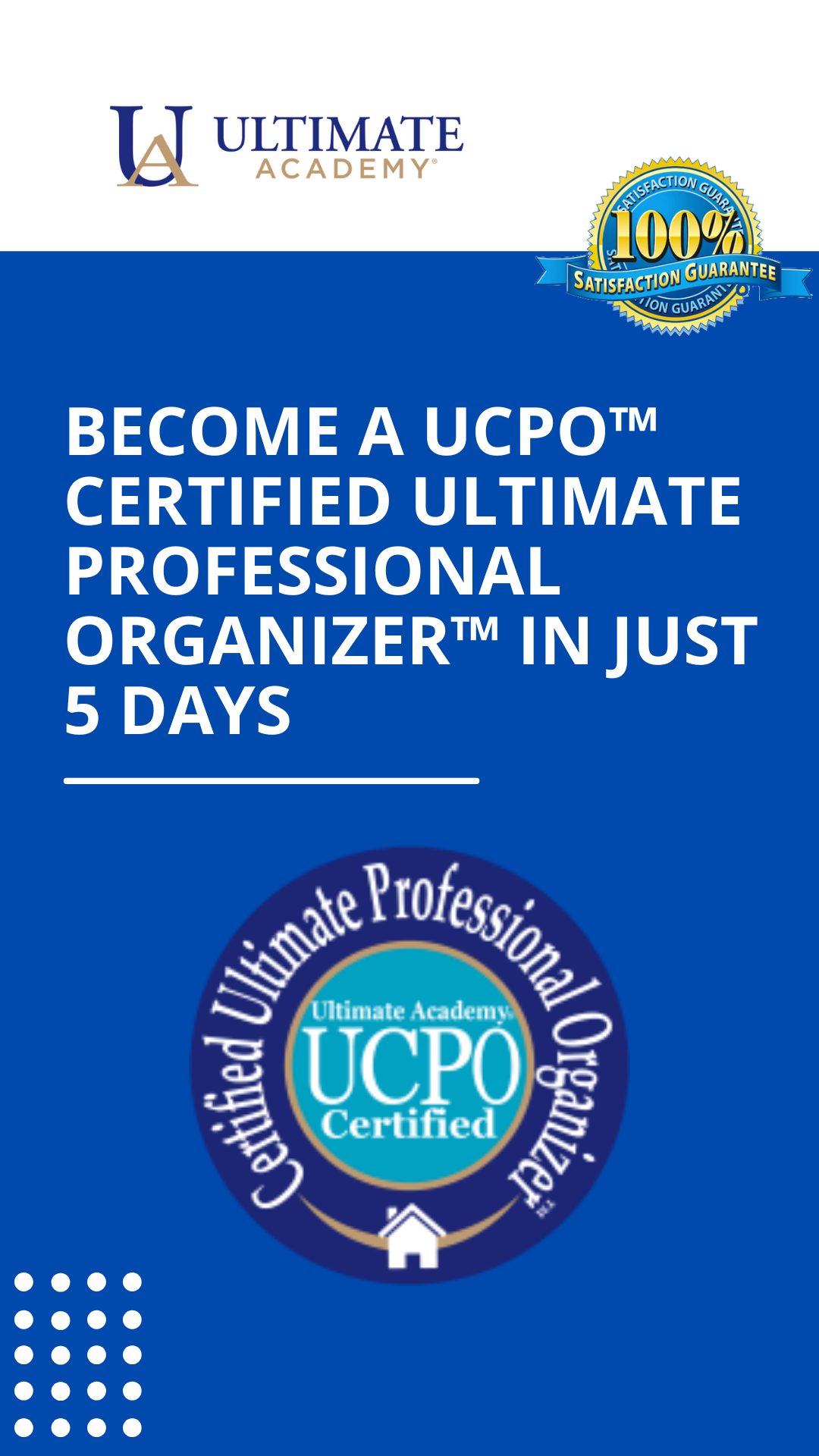
Learn About our Professional Organizing Certification
